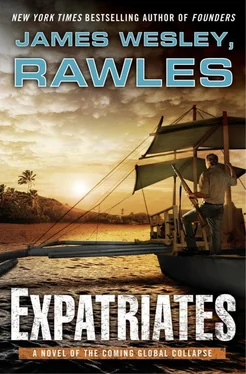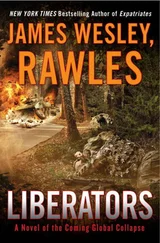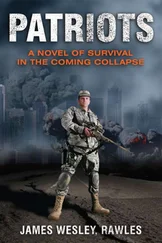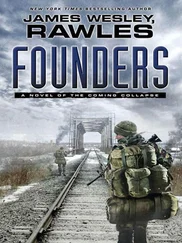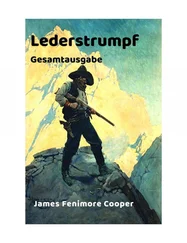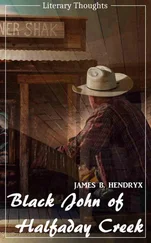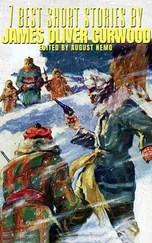The same evening he began searching for dead space in his cottage. He needed a hiding place for the SMLE and its ammo and accessories. Tapping on the thin veneer paneling on the partition between his bedroom and the combination living room/kitchen, he discovered a hollow sound. Rather than the FIBEROCK plasterboard that had been used on the inside of the exterior walls, he found that this partition had been shoddily constructed. The paneling had simply been nailed to bare studs using small brads. He found one panel above the built-in dresser that would be the right size to hold the SMLE and accessories. This panel was three feet wide by four feet tall. On the reverse side of the wall in the living room, there was an electrical outlet, but since it was in the corner of his intended cache section, he didn’t anticipate that it would be a problem.
The next morning, Chuck drove to the shopping mall in Casuarina and bought a package of 20 mm diameter Velcro tabs at a department store. These tabs had glue-backed adhesive. Then he drove to the All Tools store on Winnellie Street in Darwin and picked up a few hand tools.
Back at the cottage, he sized up the job. He noticed that if he pulled the paneling down from the top, it would probably scrape the ceiling and leave a mark. So he worked from the bottom. He found that the brads the builder had used were quite thin, and had just a very slight flare at their head ends. This meant he was able to gingerly pull the paneling off, with the brads staying in the studs, and their head pulling through the paneling. Once he had the first ten inches loose, the rest of the panel came off easily. With the paneling removed, he used his hammer to nail the protruding brads down flush.
Chuck found that his intended cache space was bisected by a piece of AC electrical wire that angled down to the outlet box. The wire would get in the way of storing the rifle, so he made a trip to an electrical supply store where they sold wire by the roll or by the meter. It was twice as expensive when it was purchased by the lineal meter, but he only needed to buy 1.5 meters. He also bought an assortment box of wire nuts, a combination wire cutter/stripper tool, and a roll of electrical tape.
After again returning to the cottage, he found the circuit breaker for the living room outlet and de-energized it. Once he had the junction box open to extend the wire, he realized he had the opportunity to hardwire in a GoldenRod dehumidifier. So he substituted larger wire nuts and stubbed off a short length of wire, and he capped its conductors with wire nuts.
He oiled the SMLE heavily and stowed it in the wall cache along with the bandoleers of ammunition, even including his cleaning supplies. He didn’t want to leave anything out in plain view that might arouse suspicion. The Enfield rifle fit nicely in the shallow space, but only when its bolt handle was removed.
The Velcro tabs worked wonderfully. The cache was virtually undetectable, yet he could access it in just a few seconds. The finishing touch was adding a row of cup hook screws inside beneath the top stud to provide a place to hang his cotton bandoleers of ammunition.
He ordered a twelve-inch-long 220/230 VAC GoldenRod dehumidifier on the Internet. It arrived a few days later and took just a few minutes to wire in. The dehumidifier drew only 50 watts, so the expense of operating it was negligible. Chuck slept better knowing the rifle and ammunition would be protected from corrosion. Rust was a constant enemy in Australia’s Top End.
Chuck took the rifle out only for occasional outback target shooting and roo hunting. He eventually bought another 280 rounds of .303 ammo but was able to find just one spare magazine. He was careful to always carry the rifle in a guitar case, in case any of his neighbors were nosy.
• • •
Afew weeks after he bought the Enfield rifle, Chuck Nolan met Caleb Burroughs through Randall Burroughs, his younger brother. Caleb was a warrant officer in the Australian Army with a specialty in logistics. He found his job frustrating because although he handled logistics related to the Australian Army deployments in Afghanistan, he never had the opportunity to go to Afghanistan himself. He resigned himself to “pushing paper” for the Army but often grumbled that as a logistics planning officer, it was unlikely he’d ever have a chance to go to “The Sharp End.” He kept himself in top-notch physical condition, always hoping that he would be deployed to Afghanistan, but he never was.
Randall introduced Chuck to his brother when Caleb was home on semiannual leave, and the two immediately hit it off. In Chuck’s estimation, Caleb was a much different man from his brother. While Rabbit was crude and impulsive, Caleb was refined and reserved. And unlike Rabbit, Caleb was well educated, and well read. Rabbit’s tastes ran toward men’s magazines like Maxim , while Caleb read Guns & Game magazine and Journal of Military History . He also subscribed to Quadrant , a conservative literary magazine. Born in the same year and just three days apart, Caleb and Chuck also shared tastes in movies and novels—particularly old Westerns—and both were shooting enthusiasts and admirers of the Australian novelist Nevil Shute.
As a serving army officer, Caleb was rarely at home in Darwin, but he and Chuck continued their friendship via e-mail and Skype. For months on end, they had wide-ranging debates on everything from politics to the peculiarities of the ballistics of various .303 British cartridge loadings. One of their longest-lasting e-mail debates concerned the multiple voting scheme proposed by Nevil Shute in his novel In the Wet . Caleb liked Shute’s “seven vote” scheme, while Chuck proposed having only one vote per citizen, but making land ownership, an IQ test, and/or military service prerequisites to voting rights. As an Australian Republican Movement (ARM) member, Caleb suggested that anyone with a title of nobility who received a welfare payment should be excluded, which started another round of debate. Caleb and Chuck became good friends, politely sparring over these issues.
“Pro captu lectoris habent sua fata libelli . ” (Loosely translated: “According to the capabilities of their readers, books have their destinies.”)
—Terentianus Maurus,
De Litteris, Syllabis, et Metris
Casuarina, Northern Territory, Australia—March, the First Year
Chuck Nolan and Caleb Burroughs were both news junkies and watched world events closely. When it became apparent that another global credit crisis like 2008 was approaching, they began sending each other permalink URLs for articles from news websites like DrudgeReport.com and WorldNetDaily.com. Links from these sites led them to “hard money” investing websites like TheDailyReckoning.com, ZeroHedge.com, SovereignMan.com, and GaryNorth.com. Investment websites then provided entrée to a plethora of Austrian economics, libertarian, and survivalist sites.
Four months into this shared web wandering, Caleb declared in one of his e-mails,
“I’ve taken the Red Pill, bro. I can now see that the mainstream media has been feeding us horse by-products. We need to get ready . There’s a storm coming.”
Chuck sent a reply.
“I concur. It looks like it’s going to hit the fan in less than two years, and possibly much sooner. We need to get smart on bartering, gardening, self-sufficiency, commo, advanced first aid, the whole works. Suggestions?”
“I vote that we start out with resources out there that are free for the picking. I can download hundreds of military manuals as PDFs. There are also thousands of free books on the Internet. We should download those and put them on redundant memory sticks. The cost of storage media like thumb drives has gotten ridiculously low. I just saw an ad for a sixteen giga byte stick for just twenty-two AUD. That’s about the same price as a sixteen megabyte stick was just a few years ago! Just one stick could fit many hundreds of books and manuals, especially if they are compressed.”
Читать дальше
